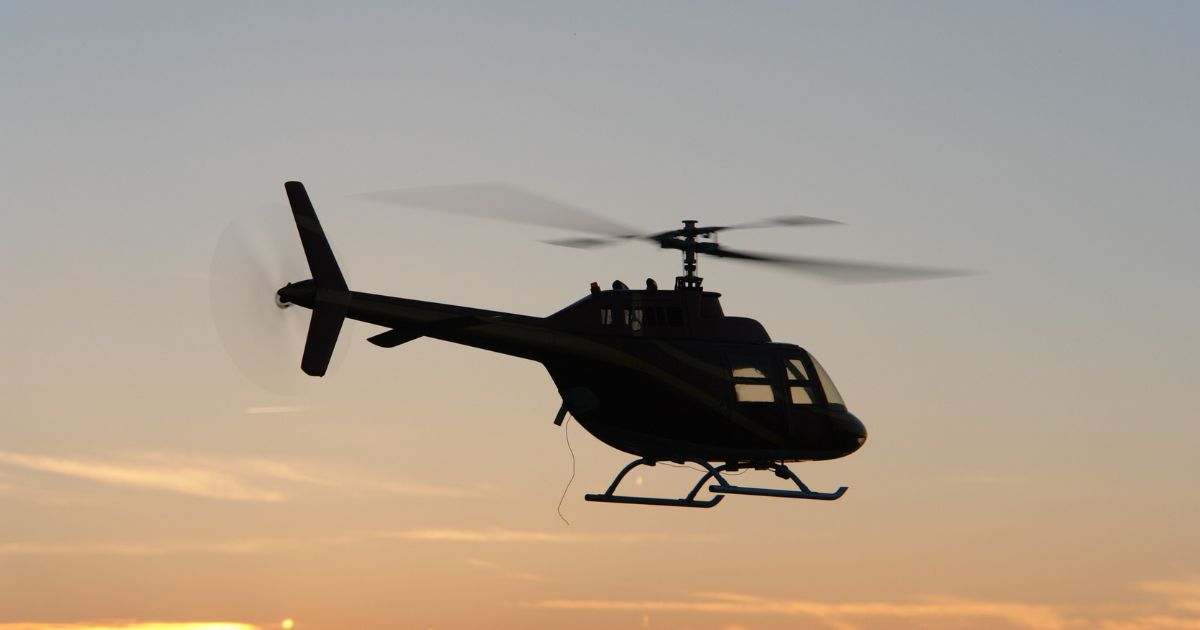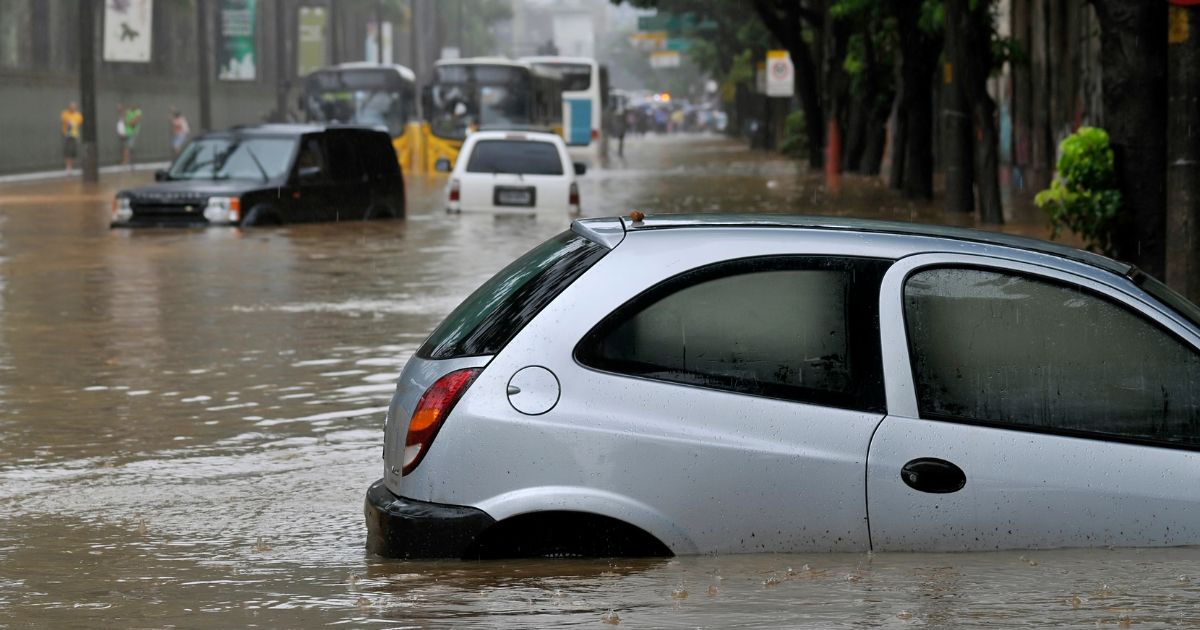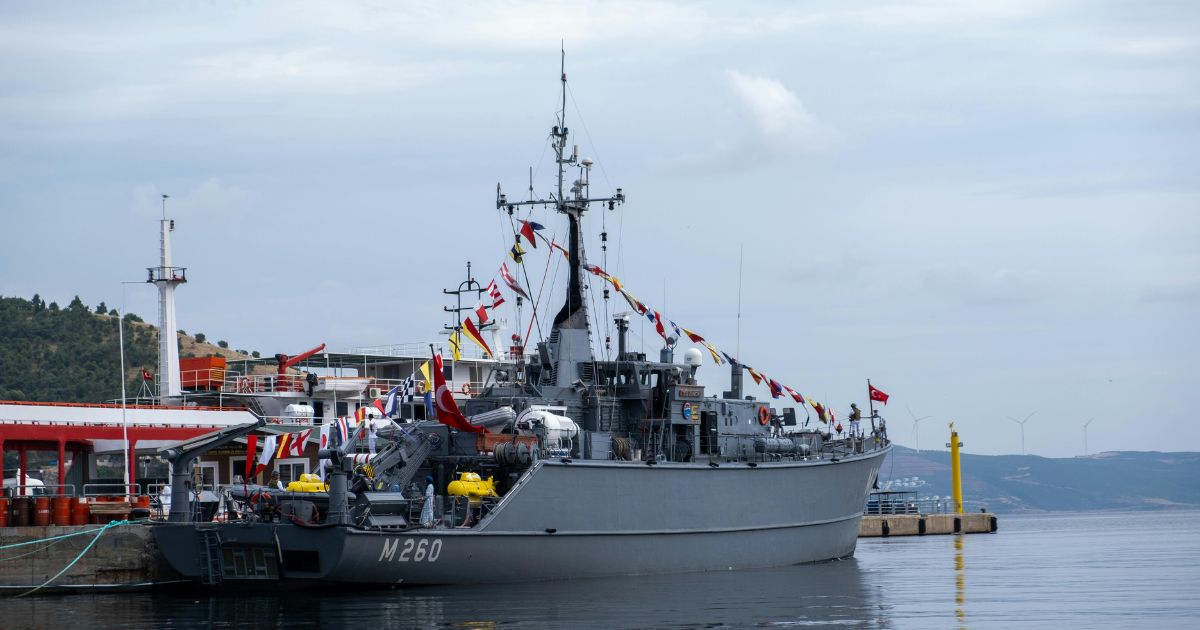On Thursday, a sightseeing helicopter crashed into the Hudson River, killing all on board approximately 15 minutes into a tour of the Manhattan skyline. Spain’s prime minister confirmed Friday that Agustín Escobar, the chief executive officer of rail infrastructure for German technology conglomerate Siemens, was aboard the aircraft with his wife and their three children.
Officials said the helicopter was following a typical Manhattan sightseeing route, circling the Statue of Liberty and continuing north along the Hudson River toward the George Washington Bridge, when it crashed into the river approximately 16 minutes after takeoff near the New Jersey shoreline. Witnesses said it appeared to be spiraling and flipped upside down before hitting the water and breaking apart. Debris was scattered across the surface and along the shoreline, according to witnesses.
Authorities said the helicopter was flying within New York’s Special Flight Rules Area, which has limited air traffic control support, though the pilot reportedly received assistance from LaGuardia Airport shortly before entering the uncontrolled airspace.
New York emergency services received multiple 911 calls reporting a crash near Pier A Park in Hoboken, with witnesses describing the aircraft as appearing to stop midair and pieces “breaking off.” First responders from the New York Police Department and New York City Fire Department pulled six individuals from the water. Four were pronounced dead at the scene, and two others were transported to Jersey City Medical Center, where they died shortly after from their injuries.
The helicopter, a 2004 Bell 206L-4 LongRanger IV, was operated by a charter company under federal investigation for multiple previous safety incidents. In 2013, one of the company’s helicopters made an emergency landing in the Hudson River following an engine failure warning. Another incident in 2015 led to a forced landing in New Jersey, where an inspection later revealed signs of
corrosion and structural deformation, rendering the aircraft unairworthy. Investigators later learned that the same helicopter had also been involved in a crash in Chile five years earlier.
Both the Federal Aviation Administration (FAA) and the National Transportation Safety Board (NTSB) have launched investigations into the crash. The NTSB dispatched a team to the crash site to examine the wreckage and review the helicopter’s maintenance records. Crews recovered the helicopter’s main fuselage Thursday evening.
According to the FAA, the aircraft held a valid 2016 airworthiness certificate, which was not set to expire until 2029. However, the Bell 206L-4 helicopter model was cited for several recent airworthiness directives – mandatory safety notices issued by the FAA. Similar to product recalls, FAA directives require inspections or repairs when a potential defect or hazard is identified. Directives are legally enforceable and must be addressed before the aircraft is considered airworthy.
One Bell 206L-4 directive in 2022 identified rotor blade delamination risks, and another in 2023 required inspection and possible replacement of tail rotor drive shafts, though it is unclear whether either issue played a role in Thursday’s crash.
Maintenance records showing whether the company addressed the directives are not publicly available, and the NTSB does not publicly disclose information during an active investigation. Authorities are expected to focus on maintenance compliance, flight records, and mechanical factors to determine the cause of the crash.
Rubenstein & Rynecki is a full-service personal injury law firm serving New York City residents for over 50 years. To learn more about our services or schedule a free consultation, call 718-522-1020 or submit our online contact form. Located in Brooklyn, New York, we proudly serve clients throughout New York City, including Brooklyn, The Bronx, Manhattan, Queens, and Staten Island.






